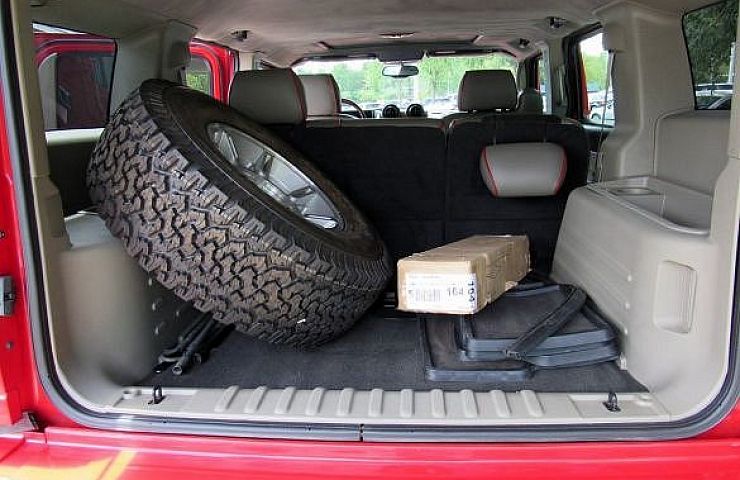Spare tires are an endangered species. In a world where wheel sizes have ballooned to the point where it’s not uncommon to find 20-inch rims on an affordable coupe, the amount of space required to store a full-size spare has nixed their inclusion in a wide variety of vehicles. In addition, carmakers are seeking every imaginable way to reduce weight to increase efficiency and thereby meet stricter fuel economy targets. That means more than a third of new cars today are sold without a spare tire. Automakers are instead opting for cans of fix-a-flat, combined with portable inflators, as a way to deal with basic punctures, or installing run-flat tires that are capable of driving for up to 50 miles after losing all of their air (due to stiffer sidewalls). Spare tire storage space can be hard to find in a modern vehicle.
Even before the great spare tire apocalypse, engineers sometimes went to great lengths to store this fast-disappearing boon to stranded motorists. Let’s take a look at some of the standard, and more creative, ways car companies have decided where to keep a spare tire in the past. When you’re done, peruse the extensive inventory of spare tire carriers, spare tire mounts, and spare tire holders available on eBay Motors.
Spare Tire Storage in the Trunk
By far the most standard way to tote around a spare, trunk mounted rims and tires are a time-honored tradition. Typically, the tire is sunk into a well underneath the main trunk floor, but some SUVs and larger sedans have stood the tire up on its end and snugged it to the side of the cargo area.
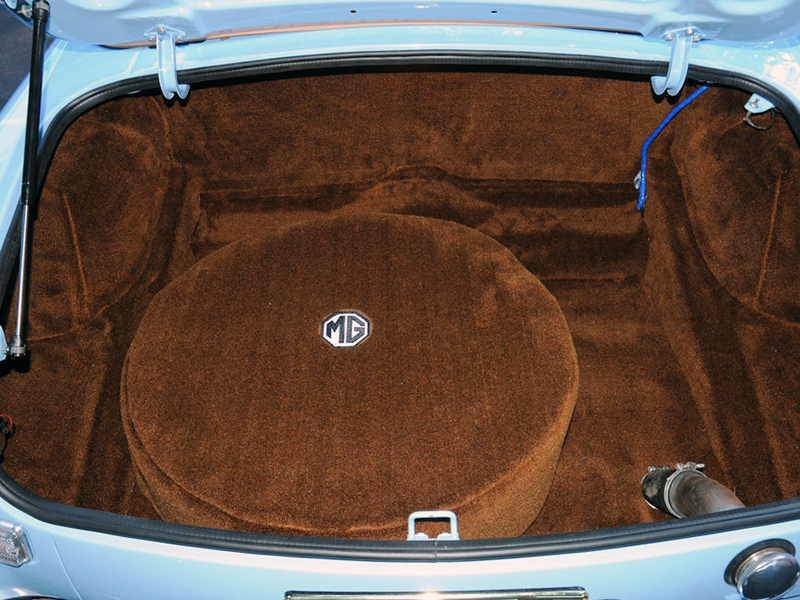
This 1975 MGB Roadster adds more style to the tradition approach. It sports a trunk carpet that matches the interior, made complete with carpeted tire cover with “MG” logo.
Roof or Hood Mounted Spare Tire Storage
If you’re traveling in the African Savannah or anywhere off-road where your vehicle could conceivably see its undercarriage buried, then a roof-mounted spare is not a bad idea, as it’s easy to access (if you have a ladder). Unfortunately, in an urban environment, it’s just as easy to steal. Hood-mounted spares add weight and block sight lines from the driver’s seat. Overland spare tire mounts should be functional, rather than ornamental.
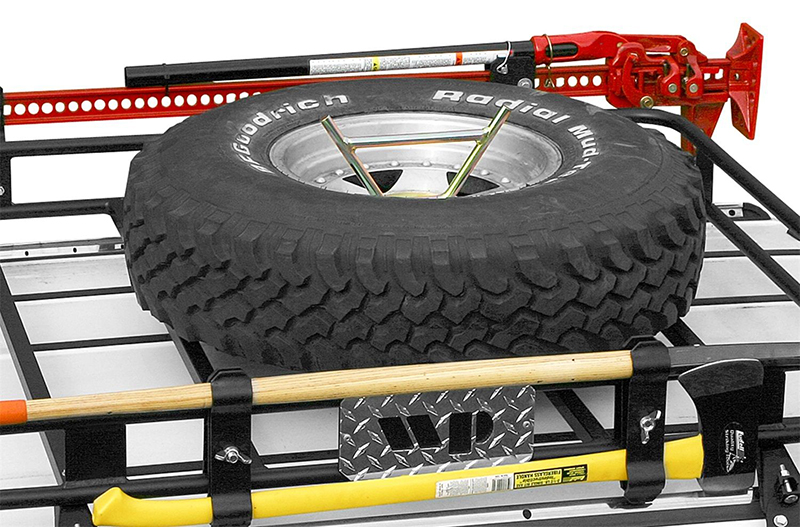
This Safari Roof Cargo Basket makes room for a spare tire. It’s compatible with many SUVs, cargo vans, and minivans.
Hide the Spare Tire Under the Cargo Area
Pickups are notorious for stowing their spare tires in a cradle mounted underneath the truck bed, which seems like a good, out-of-the-way spot until you are up to your axles in muck and can’t access the tire. It also presents a challenge in terms of corrosion of the mounting straps.
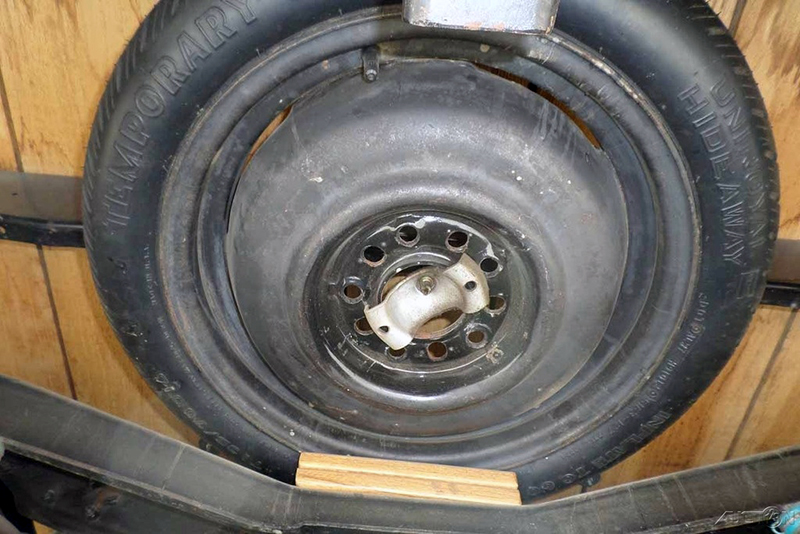
Here’s the underside of a restored 1935 Ford Flatbed packing a Chevy 307 cubic inch V8 under the hood and its spare tire under the cargo bed.
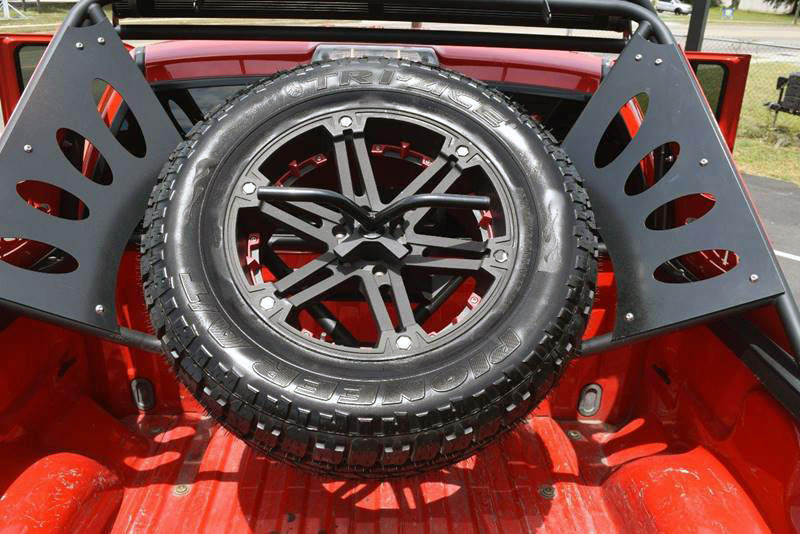
A more stylish approach is frame-based carrier with safety catch and lock used on this 2013 Ford F-150 SVT Raptor.
Bolt it in Back or on the Tailgate
SUVs have, since time immemorial, slapped a spare tire on the tailgate and called it a day. The Jeep Wrangler still does it to this day, as it’s a compromise between ease of access and space savings inside the vehicle (not to mention preserving ground clearance when off-roading). Theft remains a problem with this arrangement, and it also blocks access to the cargo compartment by asking you to swing the tire mount out of the way before opening up the hatch or tailgate.
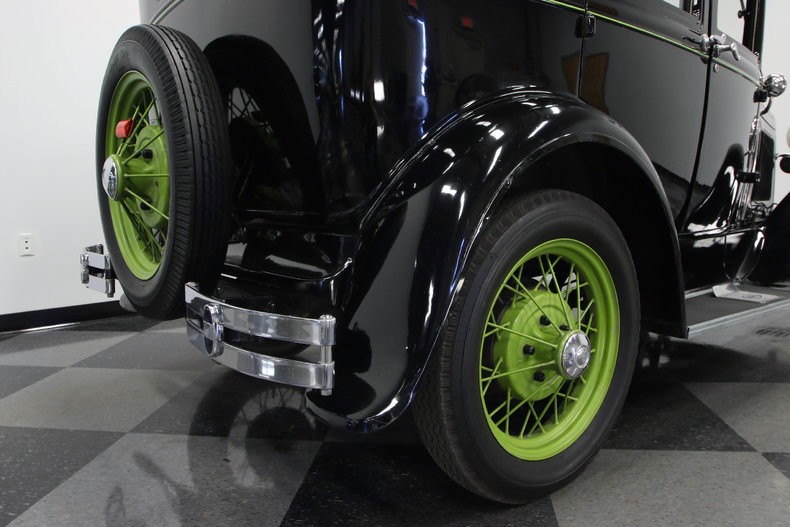
Putting the spare within easy reach directly on the tail of the car dates back at least to this 1930 Ford Model A.
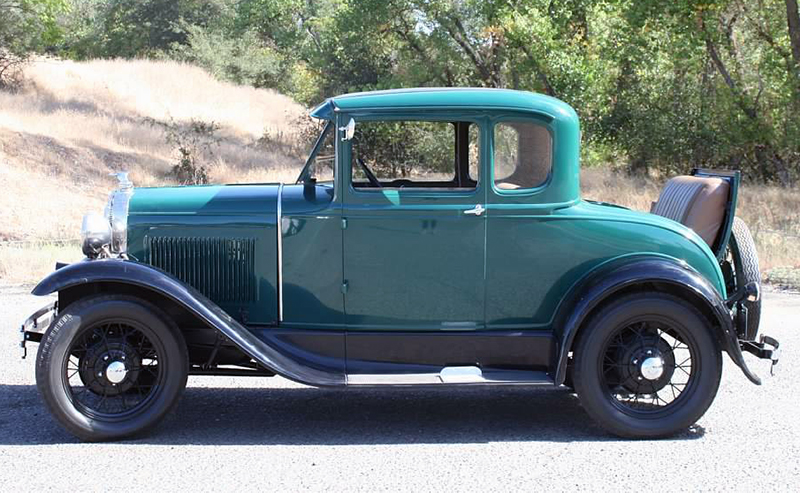
This 1930 Model A has a rumble seat but still leaves room for a spare tire.
Carrying the Spare on the Trunk
Once called the ‘“continental kit,” trunk-mounted spare tires were all the rage until the mid-20th century. Out of style by the end of the 1960s, it’s still possible to buy continental kits to add to a variety of vehicles. Automakers even faked continental trunks for a long list of automobiles to add spare tire storage with a “touch of class.”
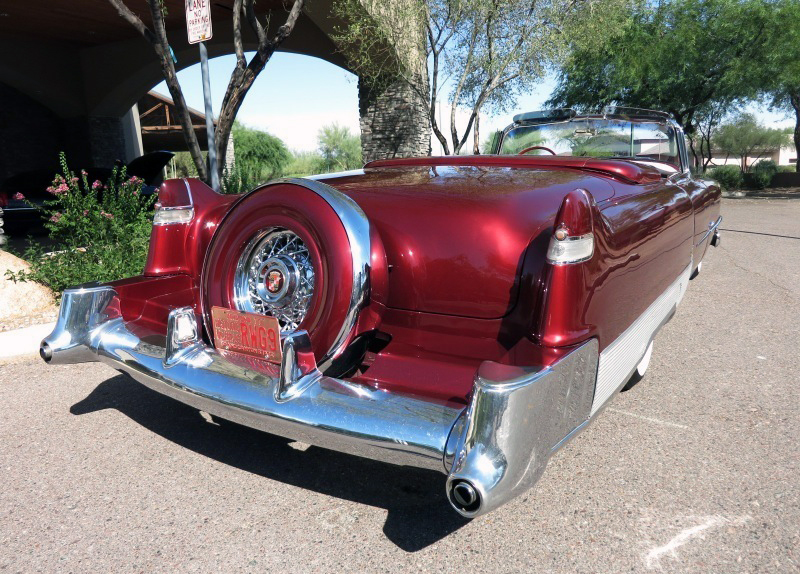
This 1954 Cadillac Eldorado Convertible employs a continental kit.
On The Running Boards
During the initial automotive boom, running board-mounted spares were neck-and-neck with continental kits as the spare tire storage spot of choice for this essential driver’s aid. Tires were notorious for blowing out in the early days of motoring, and so having a spare easily accessible on the running boards made a lot of sense.
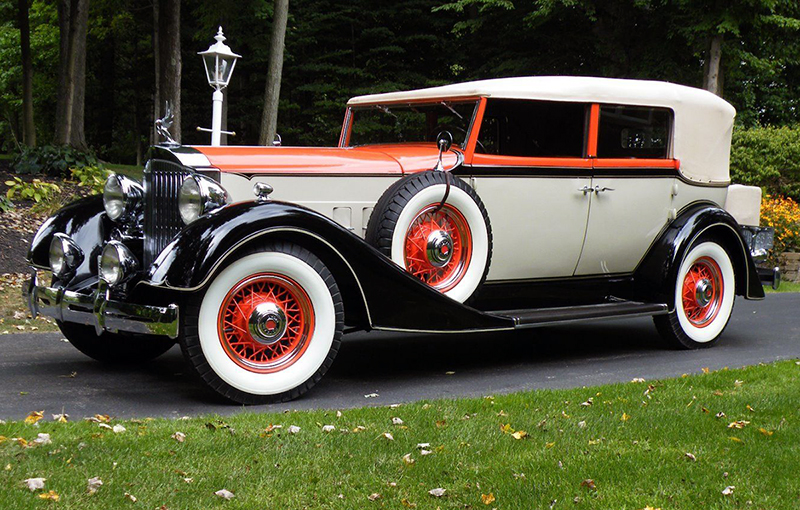
The 1934 Packard 1101 takes the classic approach of putting the spare tire on the running boards.
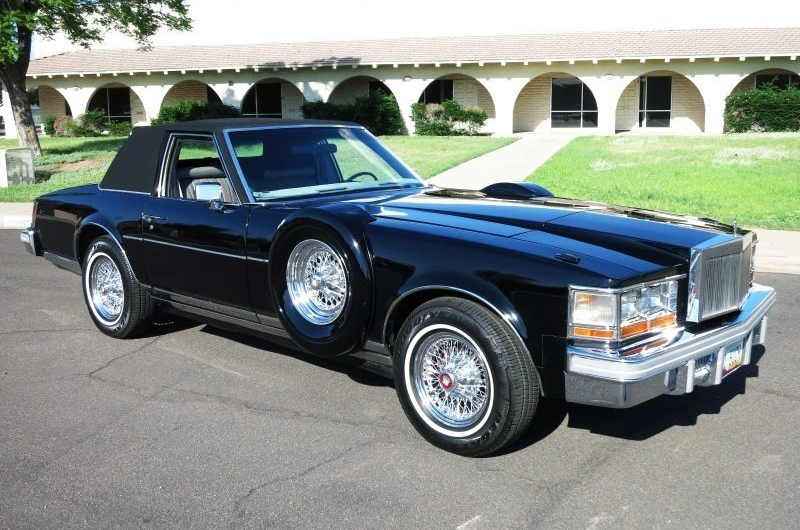
One of the signature design features of the Cadillac Seville Opera Coupe, which doesn’t have running boards, was the mounting of twin spare tires on both sides to the front of the doors. This took ornamental spare tire storage to the extreme.
Under The Hood
The weirdest spot for spare tire storage? How about under the hood, on top of or just behind the engine. The Subaru Loyale was famous for this arrangement, and both Fiat and later Yugo would do the same. Spare tire locks are not necessary when hidden. But heat from the engine typically dries out the rubber on spares stored in this manner, which along with the tight fit, explains why it never became a popular option.
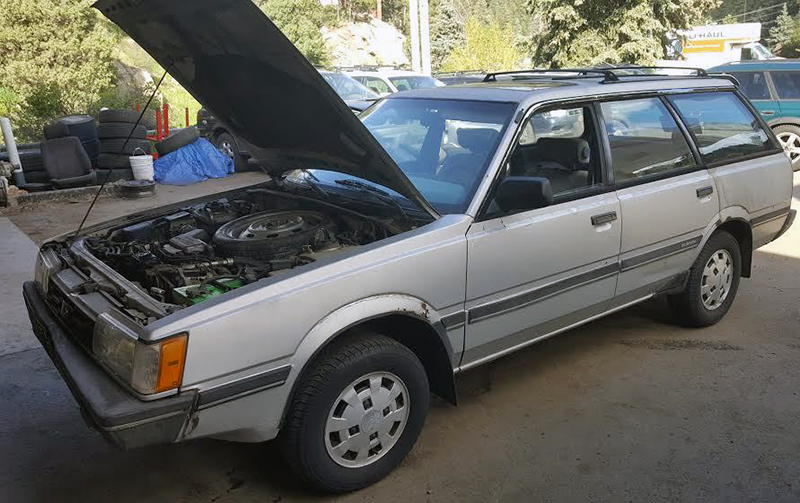
Look carefully and you’ll see the spare tire packaged under the hood of the 1986 Subaru Loyale Turbo wagon.
As you can see, the spare tire storage possibilities are endless. See eBay Motors for spare tire carriers, spare tire mounts, and spare tire holders.

